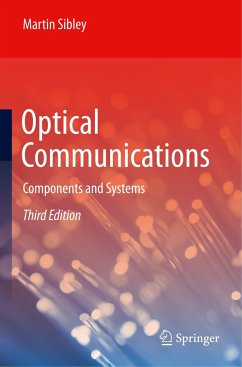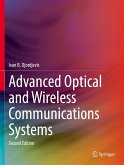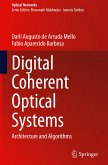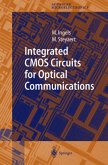The long-awaited third edition of this classic textbook provides a genuinely accessible introduction to the principles and technology of optical communication systems. It takes the reader from the fundamentals of light propagation in optical fibre, through materials and fabrication methods, light sources and modulation, to photodiodes and receiver design, and concludes with a chapter looking at system level integration.
Updated throughout, major changes for this third edition include:
- coverage of advanced semiconductor laser diode structures (VCSELs and DFBs)- an extended section on fibre amplifiers and lasers- updated discussion of avalanche photodiode structures- expanded coverage of transimpedance and optical preamplifiers- new sections on free-space optical links, VLC, ethernet links, coherent detection and terabit systems
Enhanced with worked examples and end-of-chapter problem sets, the book is aimed at advanced undergraduate and graduate students in electronic engineering, optical science and applied physics, and is ideally suited for adoption as a course text.
Updated throughout, major changes for this third edition include:
- coverage of advanced semiconductor laser diode structures (VCSELs and DFBs)- an extended section on fibre amplifiers and lasers- updated discussion of avalanche photodiode structures- expanded coverage of transimpedance and optical preamplifiers- new sections on free-space optical links, VLC, ethernet links, coherent detection and terabit systems
Enhanced with worked examples and end-of-chapter problem sets, the book is aimed at advanced undergraduate and graduate students in electronic engineering, optical science and applied physics, and is ideally suited for adoption as a course text.








